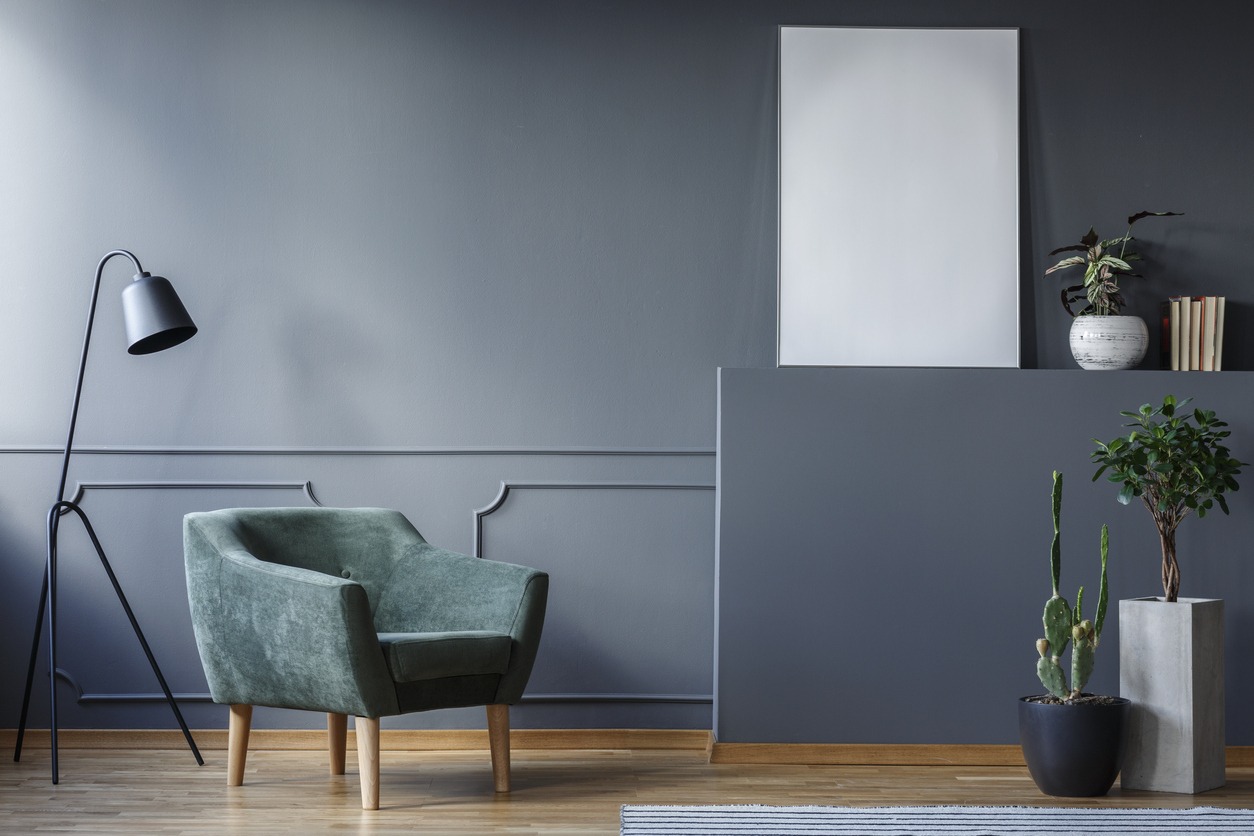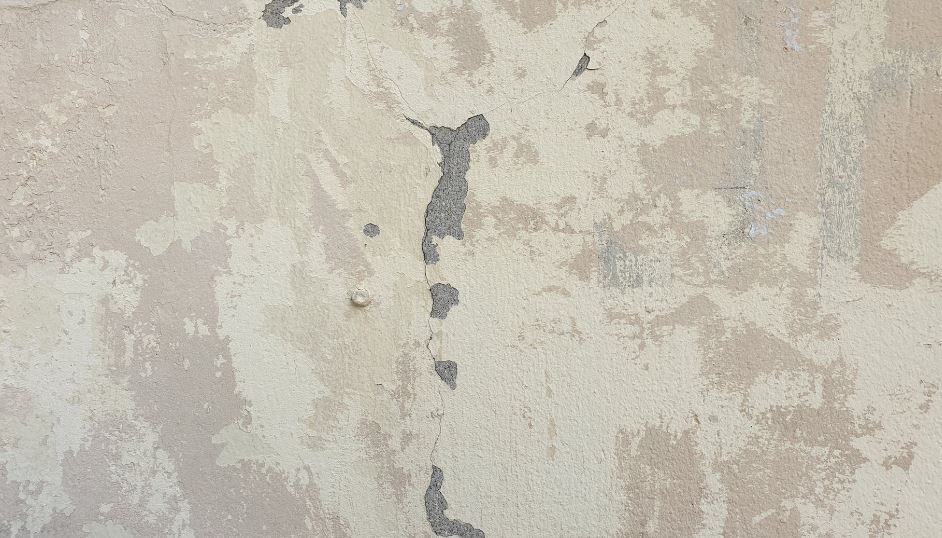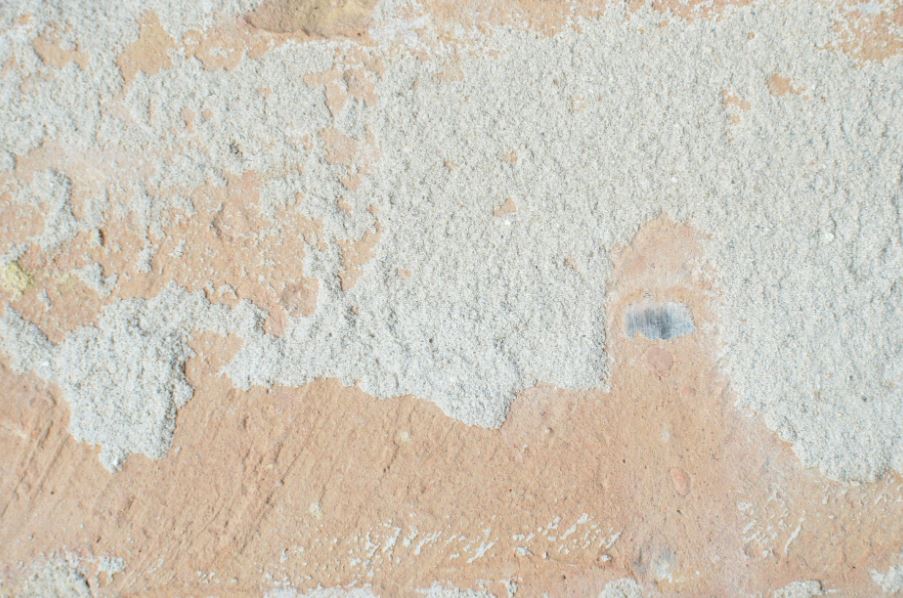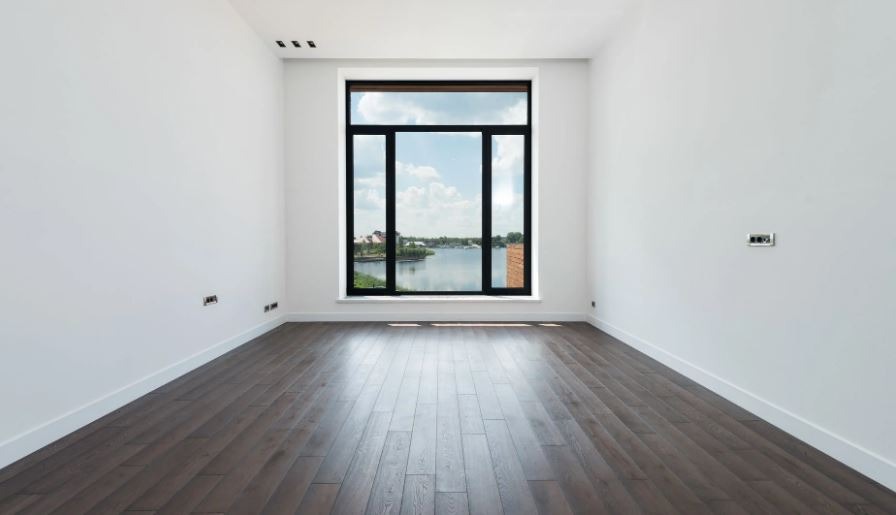Unless you’ve recently undergone a major renovation, you’ve probably never paid too much attention to baseboards. A frequently overlooked design detail, baseboards play a significant role in making rooms feel polished and protecting walls. But what are baseboards in a house for?
Although baseboards add an aesthetic benefit to the space, their purpose is more than just that, and many would argue that they are required. The baseboard is also used to protect the drywall in some cases.
Read on for a quick primer on baseboards and why you should install them in every room, whether starting from scratch or inheriting them.
What Are Baseboards?
Baseboards are mounted partly for aesthetic purposes: just as crown molding covers up the area where walls touch the ceiling, baseboards hide the unsightly joint where walls meet the floor. However, baseboards also serve an important purpose in protecting plaster walls from being kicked or scuffed by boots, shoes, and vacuum attachments (a vacuum cleaner can damage a wall).
Reasons to Add Baseboards: Are Baseboards Necessary?
Baseboards may appear to be a minor detail, but they play an important role in the overall appearance of your room. The advantages of baseboards may differ depending on the type of wall material used in the home. Take into account the following:
Baseboards Seal the Gap Between the Wall and the Floor
The primary function of baseboards is to conceal the gap between your floor and the walls. This joint may be unsightly, but it also prevents water from running under the drywall and flooring, causing mold. Furthermore, baseboards prevent insects and other pests from entering the space easily. Your room looks done and pristine now that the baseboards are in place.
Baseboards Protect Against Physical Damage
You name it: mops, vacuums, golf balls, etc. The bottom of the wall is more vulnerable to damage from various objects, and drywall is not designed to protect against all of them.
Baseboards Prevent Water Damage
Drywall is sensitive to moisture damage due to its composition. In the absence of baseboards, moisture from the floor could easily enter the drywall, growing upward and causing unsightly damage.
Check here for more tips on preventing water damage to your home.
Baseboards Keep Dirt and Debris at Bay
Baseboards can supply a solid 90° gap for dirt and debris to fall through, instead of the risk of falling through difficult-to-reach cracks. They can then be swept up and towed away in this manner.
Baseboards Allow for Shifting and Settling
Your house’s floors and walls will likely settle as it ages. Similarly, air moisture can cause your walls and floorboards to expand and contract at different rates depending on the season. Your contractor left a small gap between the floors and the walls during construction to account for these changes.
A baseboard can easily conceal that gap while not getting in the way of the moving pieces.
Baseboards Conceal Crooked Walls
Most walls are not straight, which may be difficult to believe or even see. A good baseboard installation can help to hide this from the naked eye.
Baseboards Keep Your Paint Safe
Finally, baseboard trim protects your walls from scratches and keeps them clean by providing an extra hard protective barrier between the painted wall surface and your broom or vacuum. You don’t want deep scratches or dark lines to ruin the look of your walls if you took the time to decorate them.
As you can see, there are numerous unnoticed advantages to having baseboard molding installed throughout your home. While you may not consider these advantages daily, you would if your baseboards were not there to cover up the space beneath them.
What Is the Best Baseboard Material?
Most baseboards are crafted from solid wood because they must withstand a lot of abuse. However, if water intrusion is a concern, composite materials such as MDF (medium-density fiberboard) are often used because they are less expensive and resistant to mildew and mold.
What Should the Color of the Baseboards Be?
It is entirely up to you to make this decision. The traditional method is to use white for the ceiling and trim (baseboards and door and window casings) and then paint or hang wallpaper on the walls. However, if the room has very clear casings or a lot of ornament, you can have all the various trims painted the same color as the walls; this makes everything read a bit more simple.
Another possibility, particularly for hardwood baseboards that complement the floor, is to finish or stain them in the same color as the floor.
How to Make Baseboards Fit Walls That Aren’t True
Older buildings’ floors and walls are frequently uneven due to settling over time. If you’re replacing baseboards on crooked walls, use molding made of composite material, such as polystyrene, that is more flexible than wood. You must adhere to the contours of the walls and conceal any gaps with paint or caulk.
The Basic Baseboard Options
Baseboard, at its most basic, is a simple plank nailed, glued, or screwed to the wall; however, especially in older homes, it can be made up of various moldings for decoration. A baseboard is distinct from a wainscot in that a wainscot typically extends from the floor to about 1-1.5 m high (chest or waist height), while a baseboard is typically less than 0.2 m high (ankle height).
Baseboards come in various styles, including beaded, smooth, ornate, curved, square, and more. Baseboards come in a range of sizes, colors, and heights.
There are also a variety of baseboard materials to choose from. Among the most popular materials are MDF (medium-density fiberboard) baseboards and solid wood finger jointed wood.
Selecting the material frequently comes down to color preference or budget, so determine which material is perfect for your house. The most challenging part is determining a style.
How to Select Baseboards for Your House
Which baseboard styles are best suited to your home? Ultimately, it comes down to personal preference. If you want baseboards that complement your home’s interior, the right baseboards will depend on what you want to accomplish with your baseboards and your current aesthetic.
Choose flat, simple, and angular baseboards if your current design is traditional, industrial, farmhouse, or craftsman. Choose ornate curves if your home is colonial, bohemian, or shabby chic. To make a statement with new traditional homes, use bevels and curves.
In terms of color, cream and white baseboards are always a solid bet. On the other hand, some designs give you more leeway with the color scheme.
If you’re still unsure which style is best for you, take a quick online quiz that aligns your design style with the appropriate baseboard trim and styles for your home.




